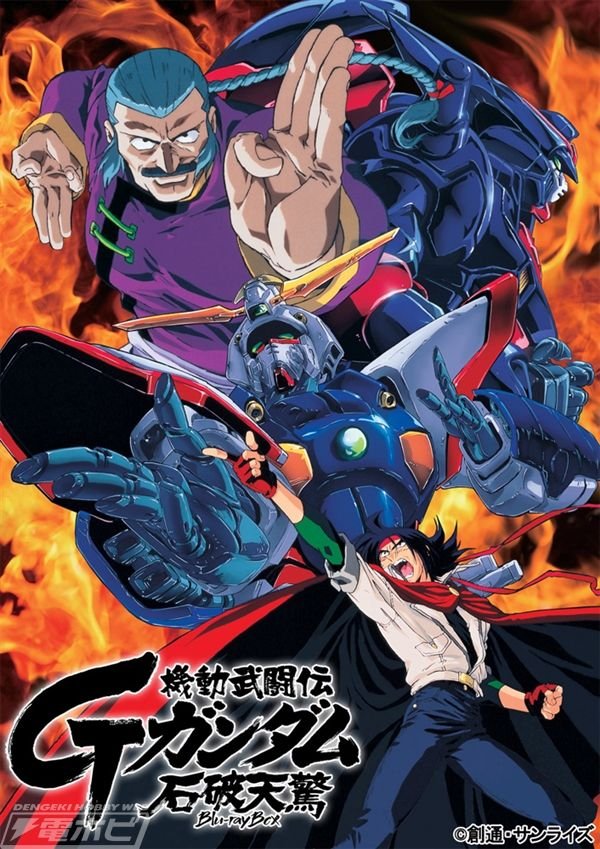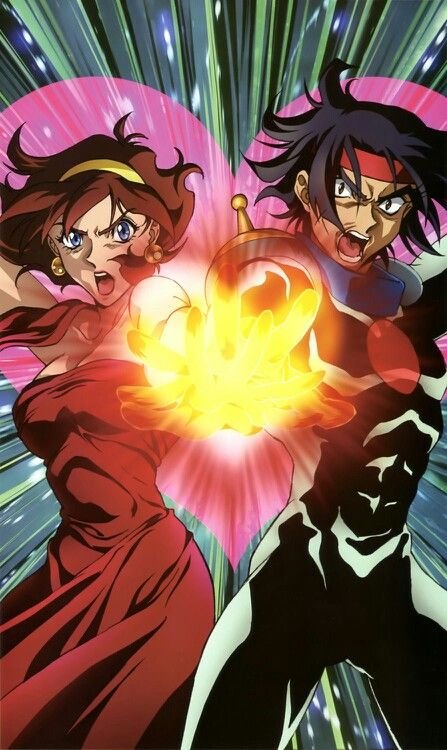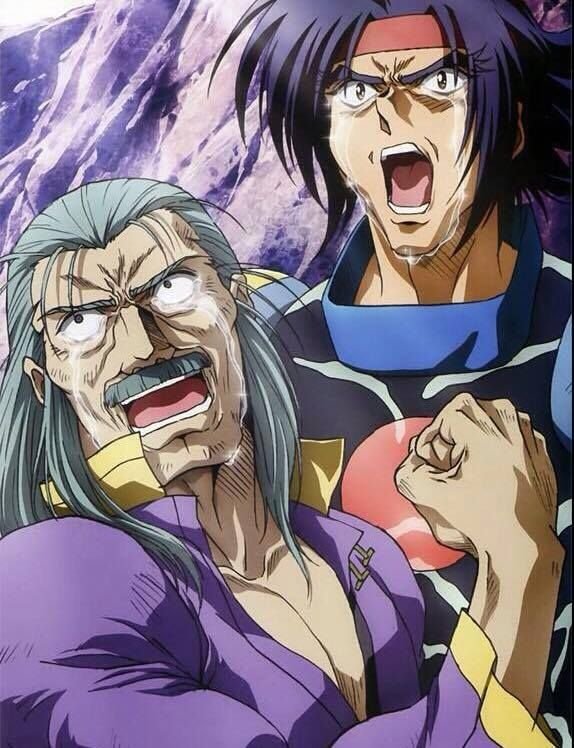
On April 7th, 1994, TV Asahi aired the newest Gundam series to be rolled out by Sunrise (which was years before it became Bandai Namco Entertainment). This series was called Mobile Fighter G-Gundam and it would be the start of the franchise living on in alternate timelines which meant there would be stories that exist outside of the Universal Century timeline in which Mobile Suit Gundam (which aired in 1979), Mobile Suit Zeta Gundam (which aired in 1985), Mobile Suit Gundam ZZ (which aired in 1986), and Mobile Suit Victory Gundam (which aired in 1993) take place.
Making Mobile Fighter G-Gundam take place in an alternate universe wasn't the only departure from the previous series.
The series that takes place in the Universal Century timeline center on the battle between the Earth Federation Alliance (E.F.A) and the Principality of Zeon in which the latter seceded from the former while declaring its independence. Politics play a fundamental part in the U.C. timeline from the events that lead up to Mobile Suit Gundam to future series and films.
That's mostly not the case with G-Gundam which takes place in the “Future Century.”
Earth is in ruins thanks to the lack of responsibility, accountability, and so on. The governments of the world decide to NOT do a damn thing to restore the planet and instead flee to outer space and live in colonies that correspond with their native countries. If that wasn't bad enough, the countries are governed by their corresponding space colonies.
That would mean the government of the Neo-German space colony would be the administrative government of Germany. German politics would be governed by Neo Germany's leaders.
While politically-driven war played a huge role in the Universal Century, it is not the case in the Future Century. The world leaders agree to settle universal world governance by holding a fighting tournament, which is held every four years, called the “Gundam Fight” tournament. Participants represent their respective countries and use the titular Gundams to fight each other in one-on-one battles.
The winning country rules all of Earth and space for four years.
Fighters are sent to Earth and they travel around the world to fight other competitors making their way to the host country. The Gundams in the series use the “Mobile Trace System” that allows their pilots to control them with physical movements and not with complex cockpit controls. If your Gundam loses a limb, the Mobile Trace System immobilizes that same limb on your body.
If you're familiar with The Vision of Escaflowne, another mecha series that was produced by Sunrise, you'll understand the dynamics of the Gundams in G-Gundam.
The story beings in 60 F.C. with the upcoming 13th tournament.
Domon Kasshu, the main hero of the series, is ordered by Major Ullube Ishikawa to represent Neo-Japan in the tournament. That is merely a cover for the real mission that is entrusted to Domon, which is to locate his missing older brother, Kyoji Kasshu, who stole the “Devil Gundam” that belonged to the Neo-Japanese government. If Domon competes and wins, his father, Dr. Raizo Kasshu, will be free from cryogenic imprisonment.

While on Earth, Domon is accompanied by Rain Mikamura who is a childhood friend and eventual love interest. Domon is tasked with competing in the tournament and Rain is tasked with maintaining Domon's Shining Gundam. While Domon is the brawn of the duo, Rain is the brains and support of the duo.
Domon isn't able to do much without Rain.
The duo travels the world to make their way to Hong Kong, the site of the 13th Gundam Tournament, as Neo Hong Kong currently has the right to rule Earth and space. Domon and Rain meet rivals on the way, who become friends, and have their own intentions of winning the tournament.
Two examples are Sai Sai Ci of Neo China who is tasked with winning the tournament in hopes that Neo China will revive the Shaolin Temple and Argo Gulskii who is tasked with winning in hopes that he along with his crew will be freed from imprisonment.
Everything is simple on the outside but it's not the case when it comes to the behind-the-scenes politics leading up to and during the 13th tournament. This leads to an arms race on who can create the best Gundam which leads to government conspiracies and espionage. From a political standpoint, the simple solution to decide who governs the world and space is filled with problems.
Don't expect everyone to play by the rules.
The series was criticized for the political intrigue that was present in the shows taking place in the Universal Century but you can appreciate G-Gundam's political intrigue if you dig deep enough. I enjoyed the spectacular fighting when I was almost 20 years younger and I still do today but I can appreciate the subtle political context of the story as I get older.

G-Gundam's success proved that the franchise can exist in alternate timelines. I doubt Mobile Suit Gundam Wing, which celebrated its 28th anniversary earlier this month, would not have existed if it weren't for G-Gundam.
Happy 29th to Mobile Fighter G-Gundam.
You can read my alternative version on Medium by clicking this link: https://medium.com/@canhoangtran/happy-29th-anniversary-to-g-gundam-63f46af33ab7